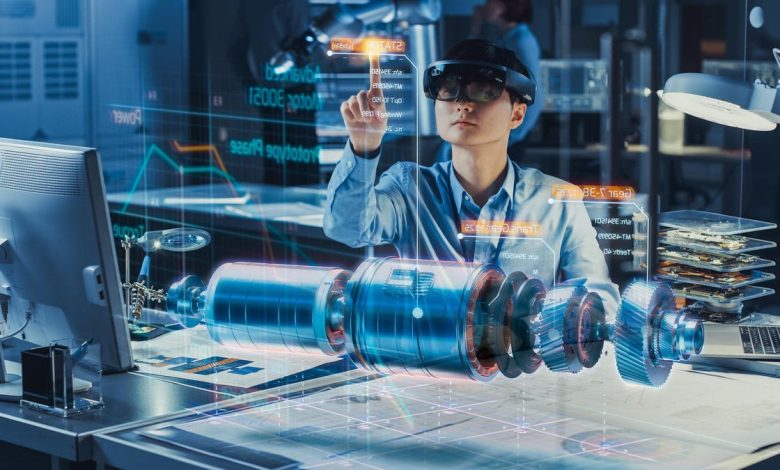The future of virtual and augmented reality software

Virtual reality (VR) and augmented reality (AR) are two technologies that have gained significant attention in recent years and are expected to play a major role in the future of computing. VR is a computer-generated simulation of a three-dimensional environment that can be interacted with in a seemingly real or physical way by a person using special electronic equipment, such as a headset with a screen or gloves fitted with sensors. AR, on the other hand, is a technology that superimposes computer-generated images or information onto the real world, providing users with an enhanced view of their surroundings.
The future of VR and AR software looks bright, with numerous companies and organizations investing heavily in the development and deployment of these technologies. One of the key drivers of this growth is the increasing demand for immersive and interactive experiences, as well as the need to connect with others remotely. VR and AR offer a unique way to meet these needs by creating virtual environments that can be shared by multiple users and accessed from anywhere with an internet connection.
One area where VR and AR are expected to have a major impact is education. Both technologies have the potential to revolutionize the way students learn by providing a more interactive and engaging learning experience. For example, VR can be used to create virtual field trips that allow students to explore far-off places or historical events in a way that is not possible through traditional methods. AR can be used to overlay information and visual aids onto real-world objects, making it easier for students to understand complex concepts and ideas.
In addition to education, VR and AR are also expected to play a significant role in the entertainment industry. VR gaming has already gained a lot of popularity, with a wide range of games available for various VR platforms. In the future, it is likely that more and more games will be developed for VR, and the quality of these games is expected to improve significantly as the technology becomes more sophisticated. AR, on the other hand, has the potential to change the way we watch movies and TV shows, with the ability to overlay visual effects and information onto the real world.
Another area where VR and AR are expected to have a significant impact is in the workplace. Both technologies can be used to train employees and improve their productivity by providing immersive and interactive learning experiences. VR can also be used to simulate complex tasks and environments, allowing employees to practice and learn in a safe and controlled setting. AR, on the other hand, can be used to display information and instructions directly onto an employee’s field of view, making it easier for them to complete tasks and access information on the fly.
The healthcare industry is also expected to benefit from the use of VR and AR. VR can be used to provide patients with immersive and therapeutic experiences, such as virtual reality exposure therapy for people with phobias or post-traumatic stress disorder. AR can be used to display information and visual aids onto real-world objects, making it easier for doctors to diagnose and treat patients.
Overall, the future of VR and AR software looks bright, with numerous applications and industries expected to benefit from the use of these technologies. From education and entertainment to the workplace and healthcare, VR and AR have the potential to revolutionize the way we live and work.



